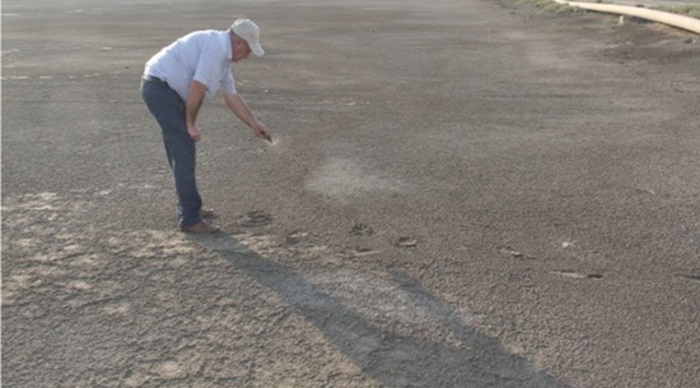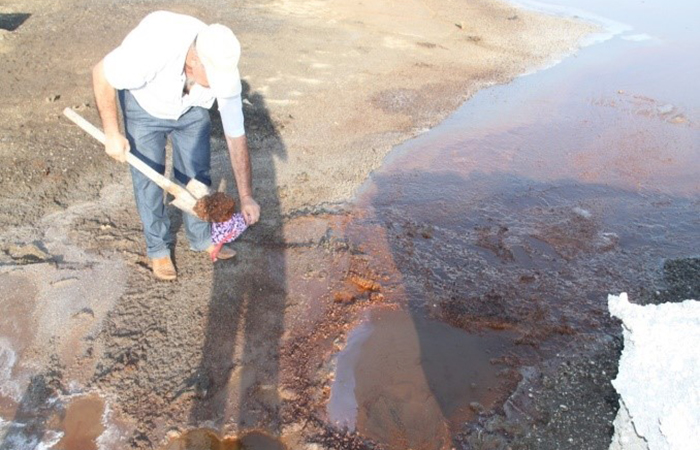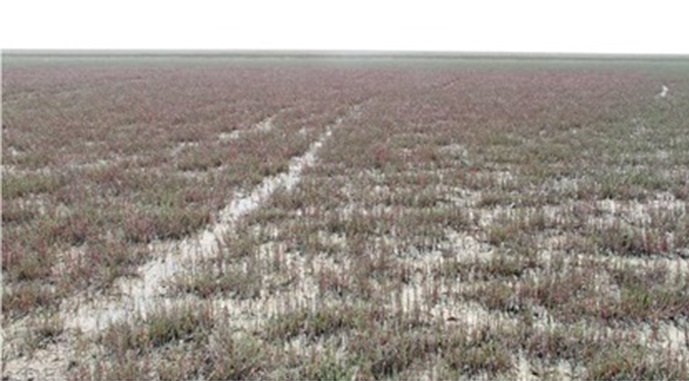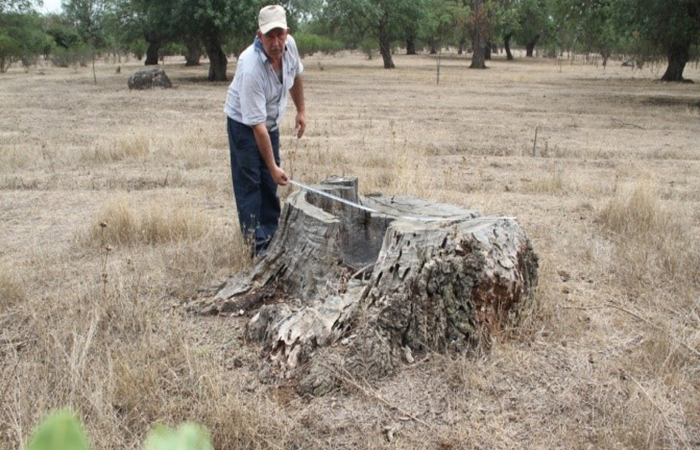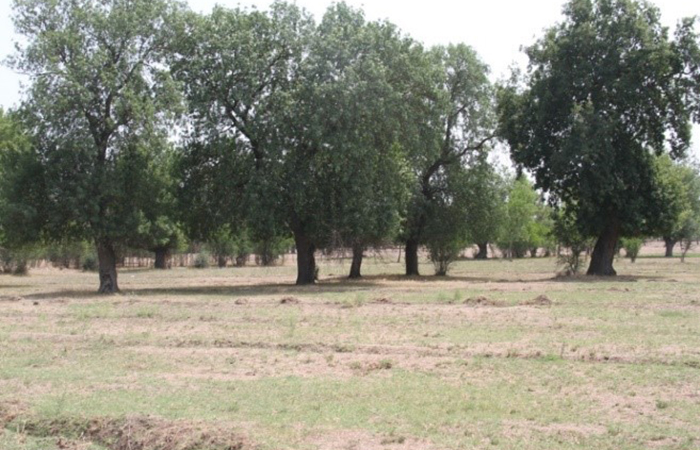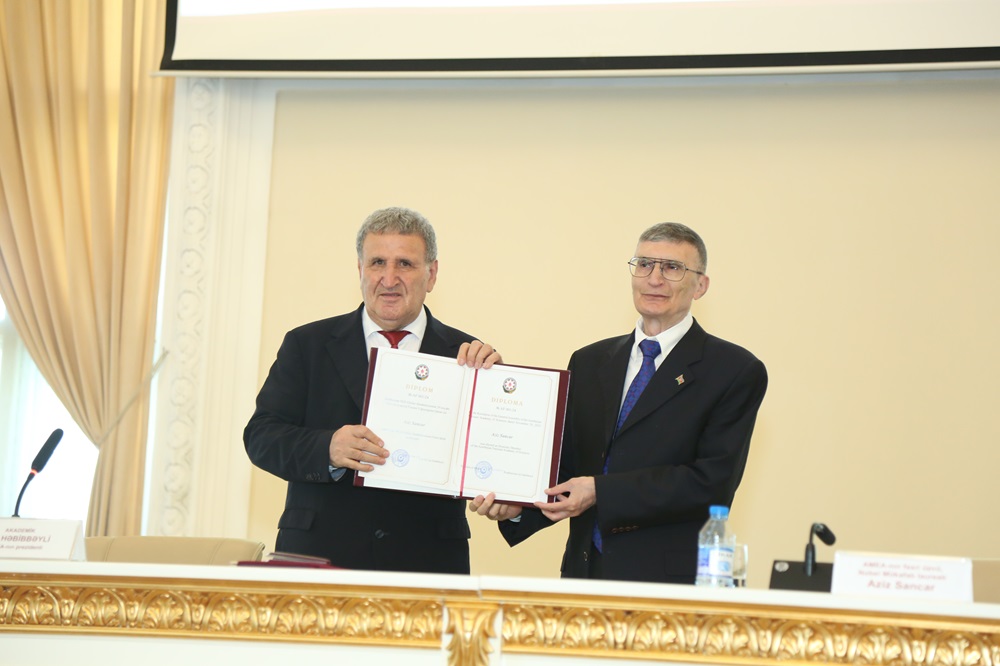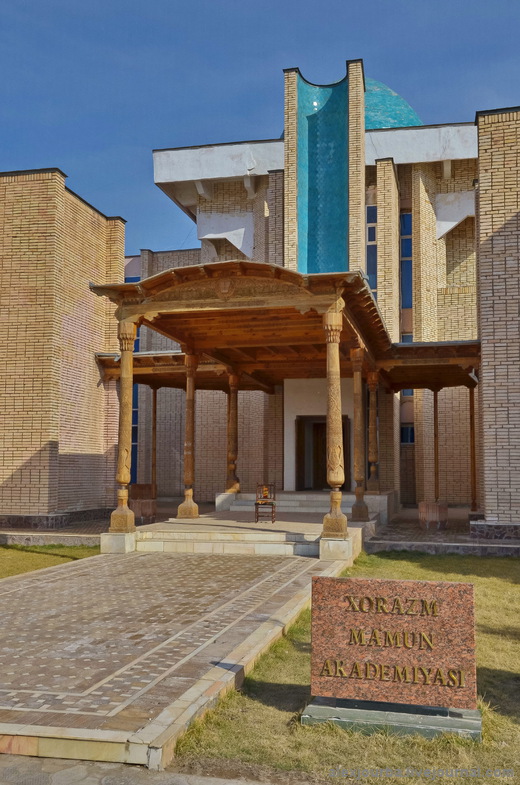- A-
- A
- A+
Scientists of the Institute of Geography conducted field studies from the Caspian coast to the Karabakh plain
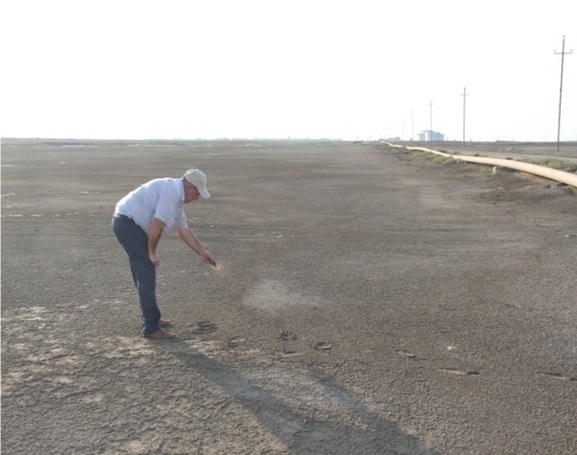
Expedition team, led by head of Landscape Surveying and Landscape Planning Department of ANAS Institute of Geography after academician H.Aliyev PhD in Geography Mirnuh Ismayilov conducted field investigations in the area from the coast of Caspian Sea to Garabagh.
The aim is to develop the dynamics of natural-anthropogenic landscapes, the main directions of anthropogenic transformation in the mainly inhabited areas of the Kura mountainous basin under global climate change and to prepare anthropogenic activity adaptation to various scenario changes that may occur in natural landscapes.
Scientists have explored the differentials of semi-desert, dry-desert and forest-desert landscapes in order to determine the direction of landscape dynamics and anthropogenic transformation in the Kura mountainous terrain.
For this purpose, about 40 samples of different landscapes were isolated and complex observations were made and soil and plant and samples were taken for chemical analysis, anthropogenic transformation was recorded and large scale (1: 25000, 1: 100000) mapping was carried out.
The dynamics of landscapes of the Caspian coastal territories have been studied in Salyan plain. Initially, it was determined that, the level of the Caspian Sea in the last 3-4 years has dropped rapidly. Depending on the relief characteristics of the Salyan plains during the above mentioned period, the Zud-Ost offshore was reverted to the shores of the Gulf of Kultuk on 1200-1500 meters and some 200-300 meters on some shores, and as a result, the vast territory moved to the continental regime.
With the retreat of the sea, the evolution of the newly emerging landscapes, the structure-dynamic characteristics, and a map of 1: 25000 scale were compiled. It has become apparent that in the areas under the sea, the typical semi-desert and deserted landscapes have been severely degraded. With the back of the sea, the softening effects of the climate have diminished. Rapid retreat of the Caspian Sea along the Gulf of Gultuk and the Gulf of Salyan in the Caspian Sea will strengthen the tendency of aridization and desertification in natural landscapes.
The role of irrigation systems and reservoirs in the structure-territorial dynamics of landscapes in Kur-Araz lowland is significant. The drying up of small rivers that have recently reacted to fluctuations in climate has intensified desertification in basin landscapes.
The water regime of some dried lakes and swamps in the Kura mountainous basin is restored by collectors. This is unacceptable. Because of the collector's water is unhealthy in chemical terms.
Such a fight against drought will lead to an increase in salinity and wetlands in the Kur-Araz lowland and, ultimately, the desertification of deserted soils.
The rapid development of cotton in recent years has intensified the use of chemicals. As a result, the amount of toxic chemicals in the ground water and collectors fed with them has increased.
This makes it dangerous for collectors to use water for any purpose.
Sultanbud gum tree forests, one of the unique landscapes of the Karabakh plain, are in a miserable state. During the study conducted in the woods, massive destruction of trees, areas of agricultural use and forest restoration characteristics were studied.
©All rights are reserved. Citing to www.science.gov.az is necessary upon using news.
Similar News
Links


 Elm TV
Elm TV
 Photo
Photo
 Video
Video
